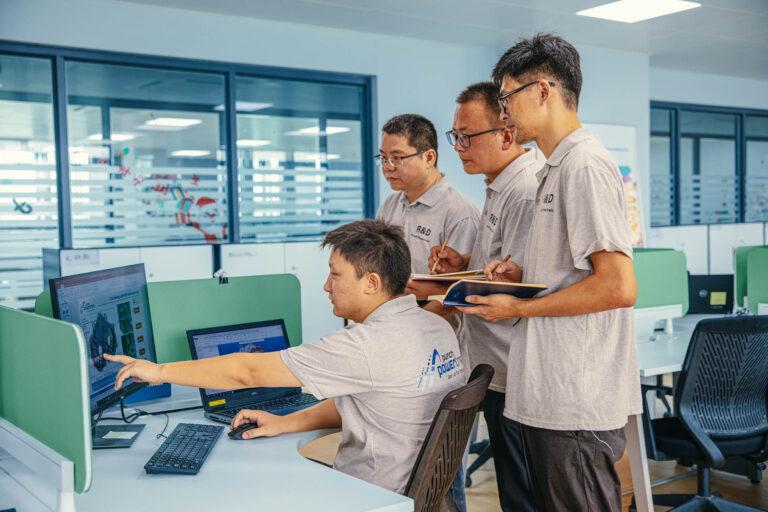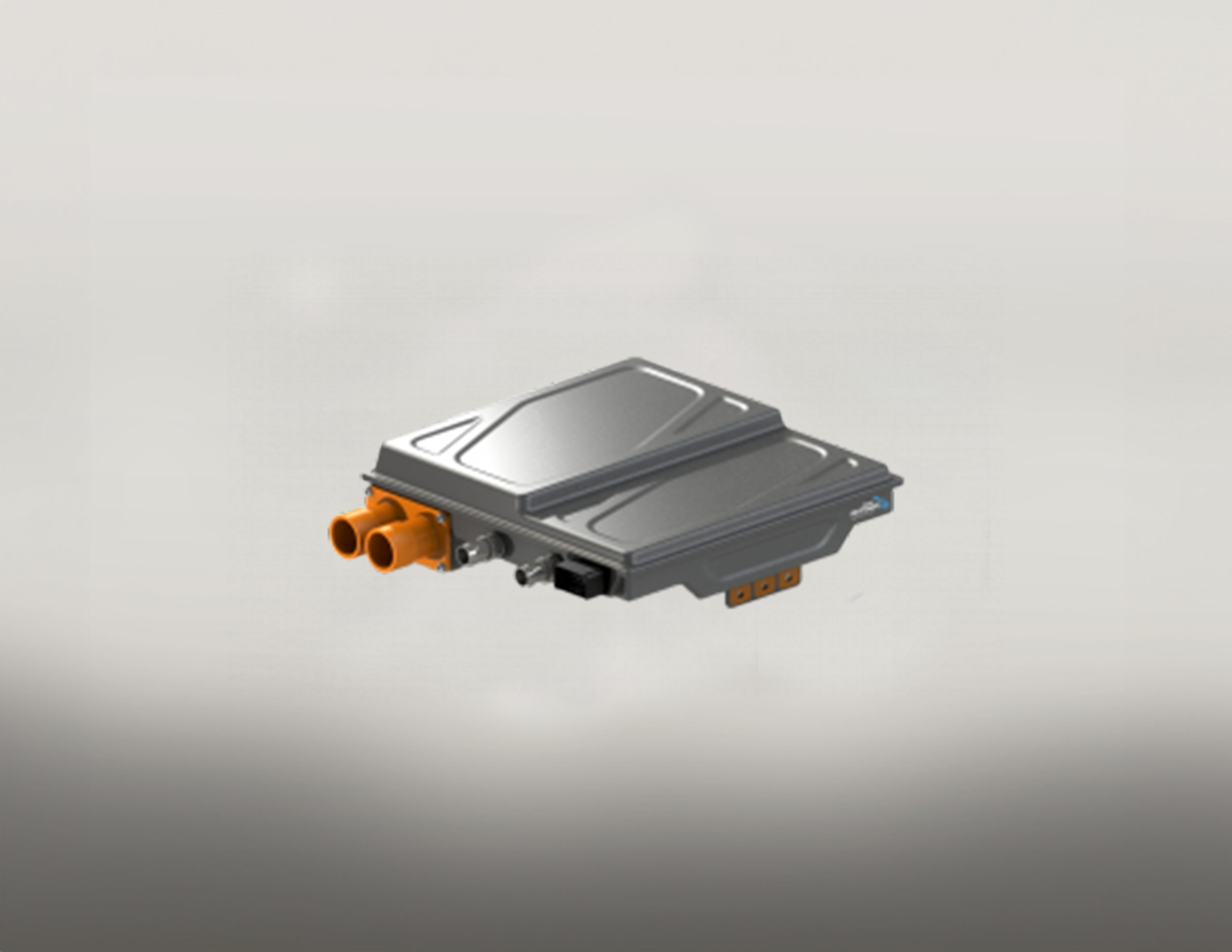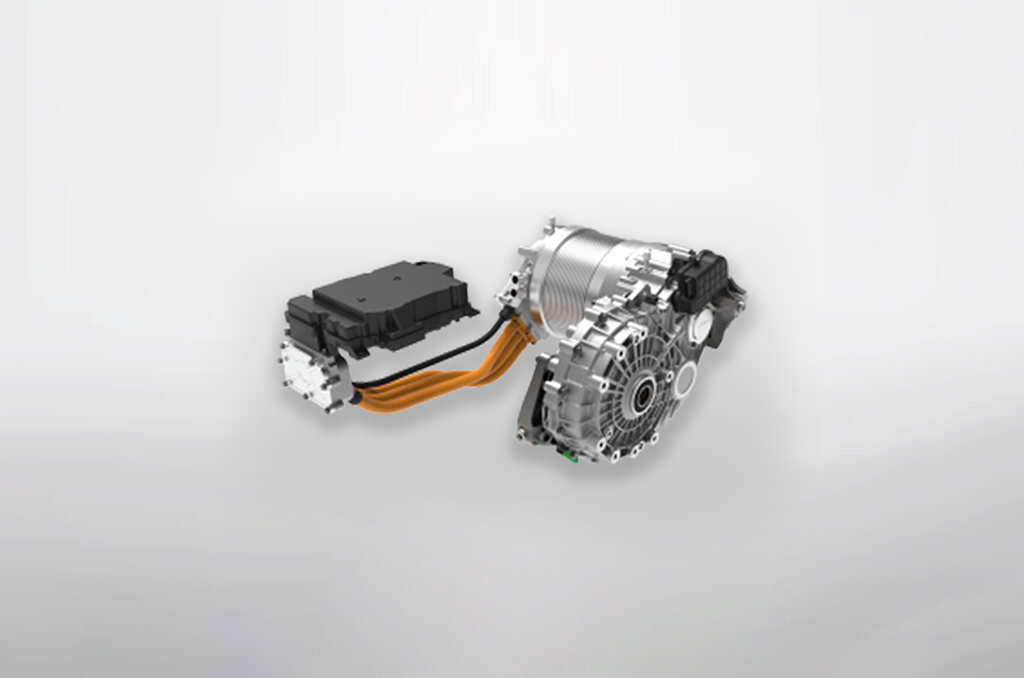- September 28, 2023
Developing a new reducer from project kick-off to mass production would normally take little under two years. Today, Punch Powertrain’s R&D department has cut that time in half by introducing an agile development procedure, while maintaining the same quality level. Punch Powertrain in set on excellence and meticulously following the necessary development steps. Building on this rigour, the company calls on its inventor legacy and spirit to challenge the development cycle and increase its efficiency.

From A-B-C…
After the reducer’s project kick-off, three samples – A, B and C-samples – would be designed, manufactured and validated. While B is being built, C is still being designed, with A already being in validation phase. While it seems there is an overlap between the samples, the design of the B-sample depends on the validation of the A-sample. This results in delay in production until C-sample is validated.
…to OTS
In its new, agile approach, Punch Powertrain switched to a development cycle with only two phases, from prototype to Off-The-Shelf (OTS). This approach minimises the development phase via a more agile development procedure. In this procedure, activities are carried out in parallel, lessons learnt are implemented from start to finish and both the sample delivery time and the testing time are shortened, saving a total of 12 months from kick-off to production.
In its new, agile approach, Punch Powertrain switched to a development cycle with only two phases, from prototype to Off-The-Shelf (OTS).


Agile internal information loop
Sharing a design platform enables the teams from the geartrain housing and gear micro design to share their know-how from the beginning of prototype design. This strongly reduces the amount of iterations and trials, through an immediate implementation of lessons learnt among different functions. Standardising 2D-drawings adds to the level of accuracy, limiting interpretation errors when a project is carried over between teams. In order to further eliminate cycle time in the 2D-drawing phase, platform design and lessons learnt implementation activities will be implemented in the prototype development phase. This approach reduces the validation failure risk as much as possible and saves 6 months of development time, while maintaining the same quality level.
Close supplier collaboration for maximum impact
As we share our lessons learnt, we do so not only internally, but also with our suppliers. This open communication in our value chain, along with quality checklists and on-site follow-up enhances the quality of the prototypes. Higher quality prototypes in turn bring down the overall quality risk, reducing testing time and cost, and shorten the sample delivery time, resulting in a time gain of one to two months.
In-house testing and simulation speed up cycle time
Another aspect of the time-saving equation involves transitioning away from third-party testing and implementing an in-house validation test rig for physical testing. Time-saving is further enhanced by conducting tests with heightened build quality ‘golden sample’ that yields zero test failures, which are often encountered when testing redundant or damaged samples. Another contributing factor to the increased test success rate is the utilization of simulations. Risk analysis commences during the design phase, resulting in nearly continuous testing and the shortest possible feedback loop to further reduce validation duration.
Today’s market in China is moving towards an expectation to develop a high-quality reducer in one year from concept to OTS phase. In order to achieve this target of high quality, low cost and short timing, Punch Powertrain re-evaluated the development process as a whole. Honing all the activities in this process, from working in parallel to increasing the design success rate and involving the suppliers capacitated us to not only achieve that goal, but set the bar for future projects.
Punch Powertrain, raising the industry standards once again.


